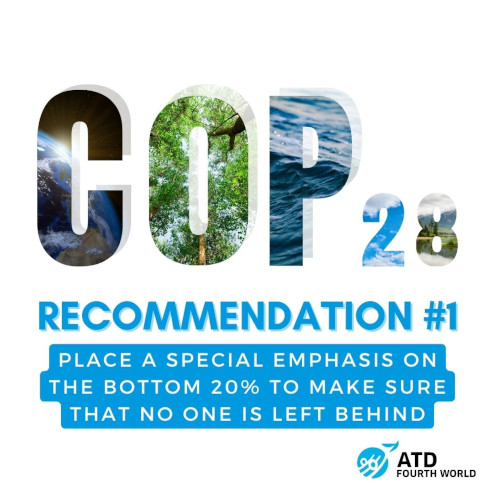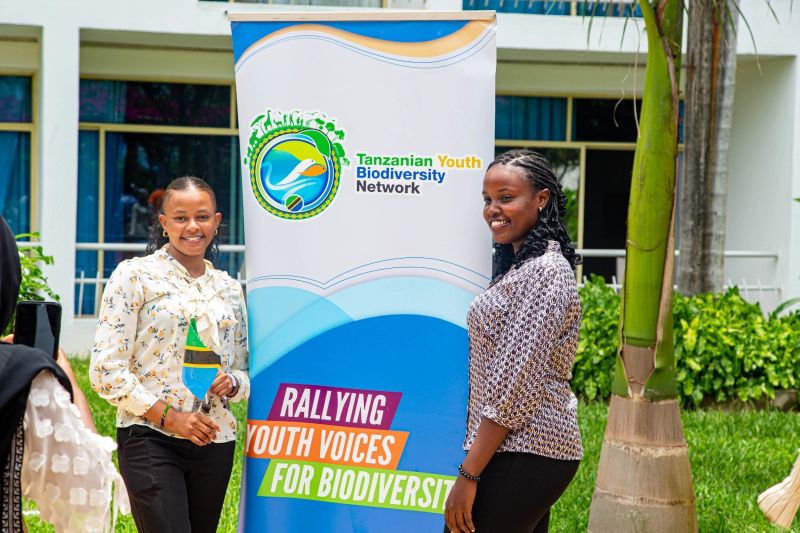In the past few decades, the Sahel – the region immediately south of the Sahara Desert and the Horn of Africa – has changed.
Droughts have become more severe and food insecurity has gotten worse, with millions of people in the region becoming increasingly dependent on food aid. Lake Chad has shrunk by 90 percent over the past half-century, and the highlands of Ethiopia are increasingly turning into drylands.
These changes are caused by climate change, population pressure, and unsustainable use of natural resources.
As a response to the challenges of desertification in the Sahel, the African Union launched the Africa-led Great Green Wall (GGW) initiative – an ambitious plan to stop the southward advance of the Sahara Desert – in 2007.
The initiative initially focused on planting a ‘wall’ of trees spanning the girth of the continent from Senegal to Djibouti, which would be nearly 8000 kilometres long and 15 kilometres wide. The Pan-African Agency of the Great Green Wall (PAGGW) was established in 2010, and GGW Agencies or focal points were formalized in the 11 Sahel countries: Djibouti, Eritrea, Ethiopia, Sudan, Chad, Nigeria, Niger, Mali, Burkina Faso, Mauritania, and Senegal




